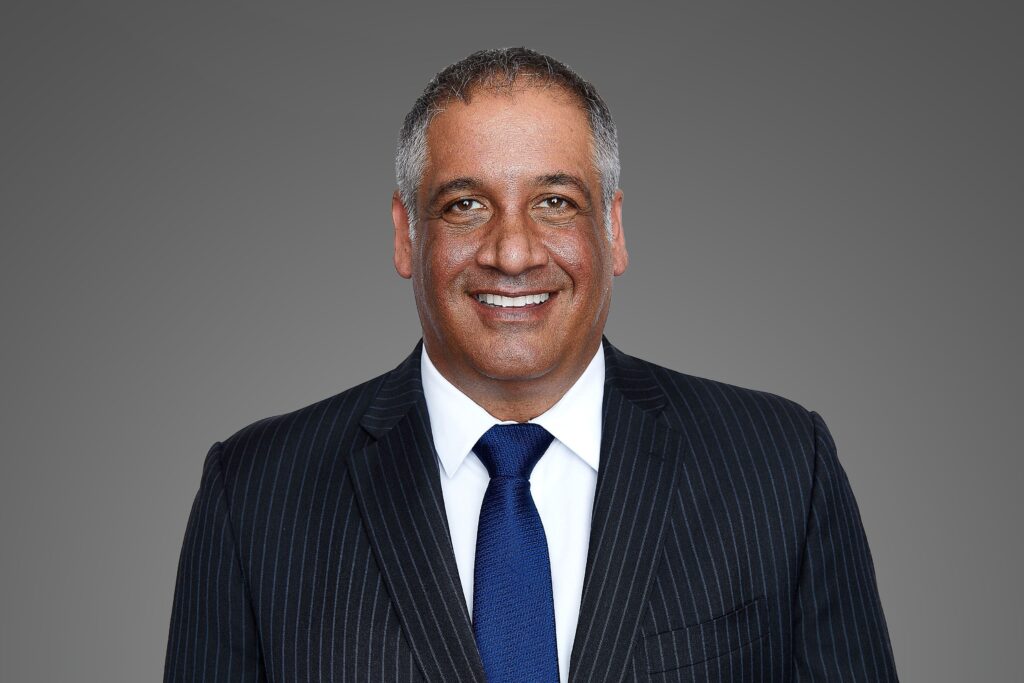Beyond Physical Pain: Understanding Emotional Trauma
A personal injury can cause more than just physical pain. It can also lead to emotional trauma that many people struggle with. Feelings like fear, sadness, and anxiety can make it hard to enjoy daily life. It is vital to recognize these feelings and take steps to heal. Our California personal injury attorney can help you get the support you need during this challenging time.
This article will explore helpful ways to cope with emotional trauma after an injury. Finding the right support can make a big difference in your healing process.
Quick Summary:
- Emotional trauma is a strong response to a shocking event, often occurring after serious accidents or injuries. This type of trauma can leave individuals feeling overwhelmed and fearful, impacting both their physical and mental health. For instance, someone who has been in a car accident might develop anxiety about driving and experience symptoms like deep sadness or nightmares related to the incident.
- Common manifestations of emotional trauma include Post-Traumatic Stress Disorder (PTSD), which may include flashbacks and nightmares. Anxiety is also common, leading to nervousness about similar situations and difficulties in daily life. Additionally, depression may cause feelings of deep sadness and isolation from loved ones, while emotional trauma can impair concentration and decision-making. Increased irritability and anger can further complicate relationships, as friends and family may struggle to understand the changes in behavior.
- Coping with emotional trauma after a personal injury accident is possible through various strategies that promote healing and regain control. Talking to someone, whether friends, family, or a therapist, can help you process your feelings and reduce feelings of isolation. Practicing relaxation techniques like deep breathing or yoga can calm your mind and body while establishing a daily routine can provide structure and normalcy. Engaging in regular physical activity can positively affect your emotional health. Additionally, if your trauma is related to someone else’s actions, seeking legal support from a personal injury lawyer can help you explore your options for compensation during recovery.
- Emotional distress claims in California allow individuals to seek compensation for severe emotional pain caused by someone else’s actions. There are two main types: negligent infliction of emotional distress (NIED) and intentional infliction of emotional distress (IIED). NIED occurs when someone’s careless behavior unintentionally causes emotional suffering, while IIED involves deliberate actions intended to inflict emotional harm. Both types of claims have specific rules and can include situations where close relatives of the harmed person can file for emotional distress.
What is an Emotional Trauma?
Emotional trauma is a strong reaction to a shocking or distressing event. It can happen after someone experiences a serious accident or injury, leaving them feeling overwhelmed and scared. The connection between physical injuries and emotional health is strong. When someone gets hurt, it affects both their body and mind.
After a personal injury, emotional trauma can arise in many ways. For example, a person who was in a car accident may feel anxious about driving again. They might also experience deep sadness or have nightmares about the event.
How Does Emotional Trauma Manifest After a Personal Injury?
Emotional trauma can be a serious issue after a personal injury. When you get hurt in an accident, you may not only feel physical pain but also emotional pain. This emotional suffering can show up in many ways, affecting daily life and relationships. Here’s how emotional trauma can manifest after a personal injury:
Post-Traumatic Stress Disorder (PTSD)
PTSD can develop after a traumatic event like car accidents, workplace injuries, or violent attacks. PTSD can significantly impact a person’s life, affecting how they think, feel, and interact with others. Symptoms of PTSD may include flashbacks, nightmares, and intense feelings of fear. For instance, a person in a severe accident might relive the event repeatedly, feeling like they are back in that moment.
Anxiety
Anxiety is a typical response to a personal injury. After an accident, you may feel nervous or fearful about being in similar situations again. For example, if you were injured in a car accident, you may become anxious when getting into a vehicle. This constant worry can affect your daily life, making it hard to focus on work or enjoy time with family and friends.
Depression
Depression is another way emotional trauma can show itself. After a personal injury, you may feel deep sadness or hopelessness. You might lose interest in things you once enjoyed or isolate yourself from friends and family. This feeling of emptiness can make it hard to get through daily tasks, affecting both your physical and emotional health.
Difficulty Concentrating
Emotional trauma can also affect a person’s ability to focus. After an injury, you might have trouble thinking clearly or making decisions. You may zone out during conversations or lose track of your thoughts frequently. This lack of concentration can impact your work performance and daily tasks.
Irritability and Anger
Emotional trauma can also lead to irritability or anger. People might feel angry over small things or react strongly to issues that didn’t bother them before. This change in mood can lead to problems in relationships, as friends and family may not know how to help or might feel pushed away.
What are the Coping Strategies for Emotional Trauma?
If you are dealing with emotional trauma after an accident, there are ways to cope and start the healing process. Various strategies can help you manage your feelings and regain control after an injury. Here are some of the coping strategies that can support emotional recovery:
Talk to Someone
Talking about your feelings can be a powerful way to cope with emotional trauma. Sharing your thoughts with friends, family, or a therapist can help you feel less alone. They can provide support and different perspectives on your experience. They can help you work through your feelings and develop healthy ways to cope with your experiences. Finding a support group for people who have gone through similar situations can also be beneficial.
Practice Relaxation Techniques
Relaxation techniques can help calm the mind and body. Simple methods such as deep breathing, meditation, or yoga can reduce stress and anxiety. Taking a few minutes each day to focus on your breath or do gentle stretches can create a sense of peace.
Establish a Routine
Creating a daily routine can bring a sense of normalcy and stability after a personal injury. Set regular times for meals, work, exercise, and relaxation. Having a routine can help reduce feelings of chaos and provide structure to your day. It can also make it easier to accomplish small tasks, which can boost your mood and confidence.
Engage in Physical Activity
Regular physical activity can have a positive impact on your emotional health. You don’t have to engage in intense workouts. Even a daily walk or gentle stretching can be helpful. Find an activity you enjoy and try to make it a regular part of your routine.
Consider Legal Support
If your emotional trauma stems from a personal injury caused by someone else, you may have the right to seek compensation. Consulting with our California personal injury lawyer can help you understand your options. We can guide you through the legal process and ensure you receive the support you need for your recovery.
What are the Types of Emotional Distress Claims in California?
Emotional distress claims are a way for people to seek help when they suffer from severe emotional pain due to someone else’s actions. In California, there are two main types of emotional distress claims: negligent infliction of emotional distress and intentional infliction of emotional distress. Each type has its own rules and requirements. Here’s how they work:
Negligent Infliction of Emotional Distress (NIED)
Negligent infliction of emotional distress happens when someone causes you emotional pain by acting carelessly. This means that the person did not mean to hurt you, but their negligence led to your suffering. For example, if a driver is not paying attention and hits your car, you might experience anxiety, fear, or sadness as a result.
California law allows NIED claims to be made by people who are close to the person directly harmed. For example, if a parent sees their child get hurt in an accident, they might be able to file a claim for emotional distress even though they were not the ones physically harmed.
Intentional Infliction of Emotional Distress (IIED)
Intentional infliction of emotional distress occurs when someone deliberately tries to cause you emotional pain through extreme or outrageous behavior. In this case, the person intends to hurt you or knows that their actions will likely cause you distress. For instance, a boss who constantly harasses and humiliates an employee may be liable for IIED.
How Our California Personal Injury Attorney Can Help in Coping with Emotional Trauma
A personal injury can be a very traumatic event that impacts not only your physical health but also your emotional wellness. While physical injuries may recover with time, emotional wounds can last much longer. Coping with emotional trauma after a personal injury is not easy, but you don’t have to go through it alone. Taking steps to care for your emotional well-being is just as important as healing your physical injuries.
At Haffner Law, our California personal injury attorney can help you deal with these feelings while also working to get you the compensation you deserve. We can offer support and guidance through this tough time. By taking care of the paperwork and negotiations with insurance companies, they allow you to concentrate on your emotional recovery. Our personal injury law firm is here to support you every step of the way.
Don’t wait any longer to get the help you need. Contact us now for a free case review, and let us assist you in taking the next step toward healing.








